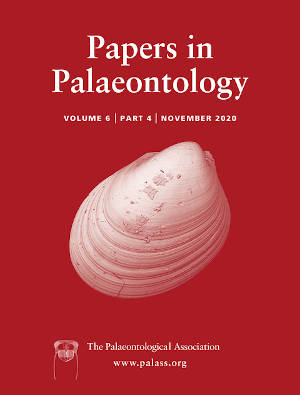Reg. Charity No. 1168330

A new genus and species, Burmorussus mirabilis, is described based on two specimens from the mid‐Cretaceous Burmese amber, and considered to be a specialized parasitic wasp of wood‐living hosts. The new taxon is characterized by an orussid‐like ocellar crown, big eyes, antennae attached well above the clypeus, and antennal grooves or ventral transverse frontal carinae absent. Additionally, all legs carry a prominent lanceolate lobe on the third tarsomere. A similar structure is found, but organized differently, in Recent Orussidae and Stephanidae, serving as part of a vibration analyser. Although sharing some characters with families Karatavitidae, Orussidae and Paroryssidae, this new taxon cannot be assigned to any of these families. We propose a new monotypic family Burmorussidae and assign it to the superfamily Orussoidea. A phylogenetic analysis confirms the monophyly of Orussoidea, which occurs a sister group to Apocrita.